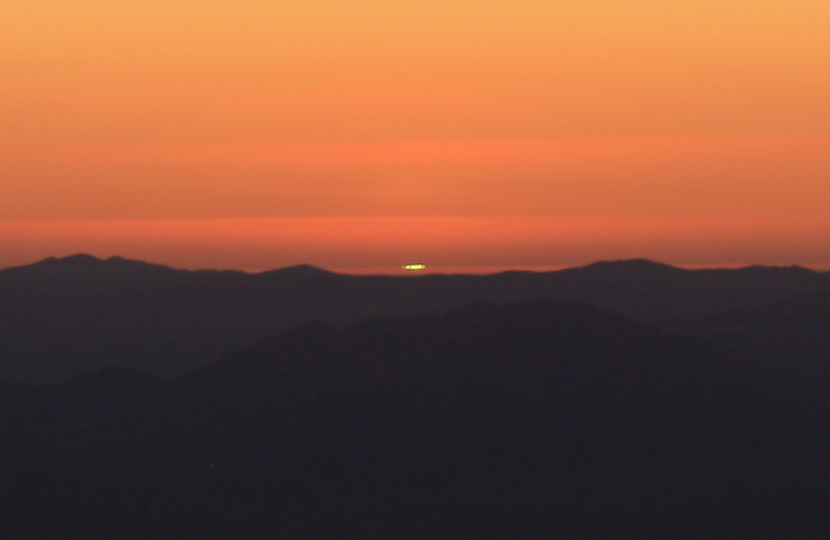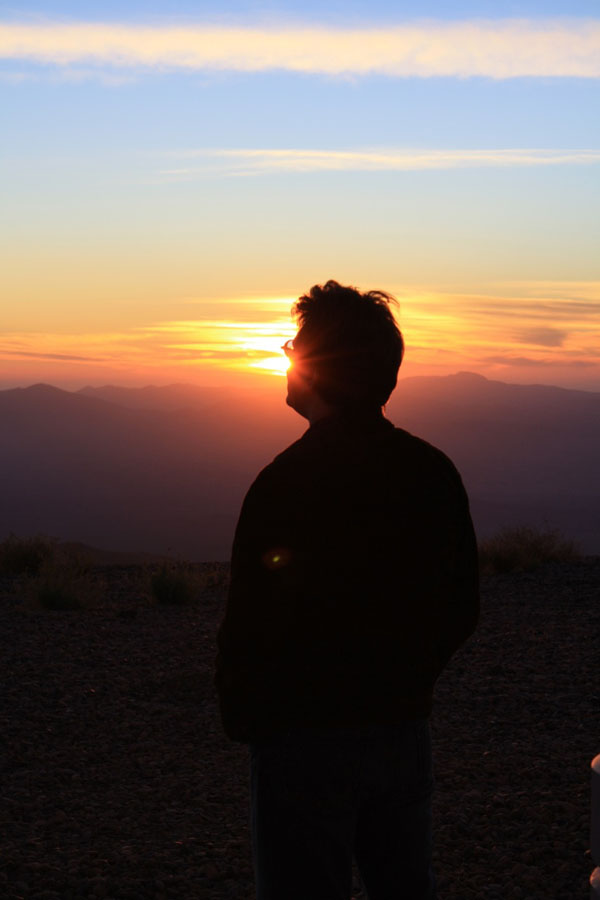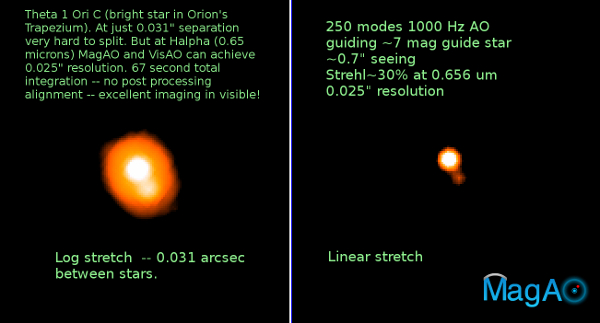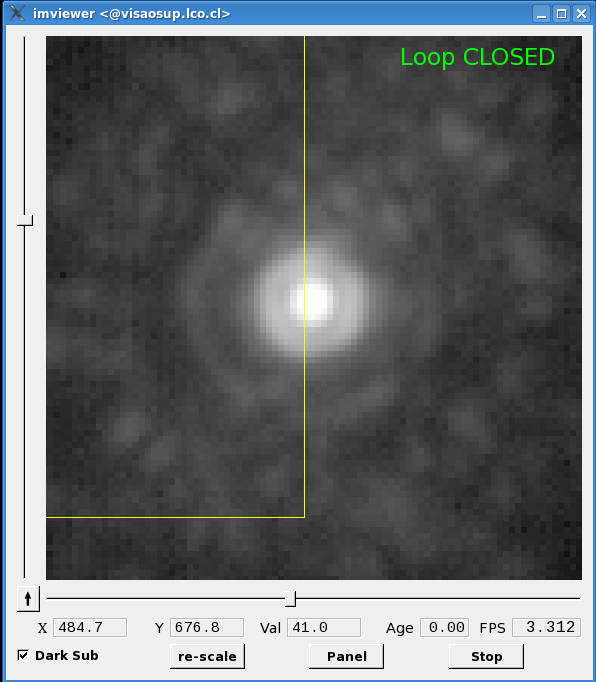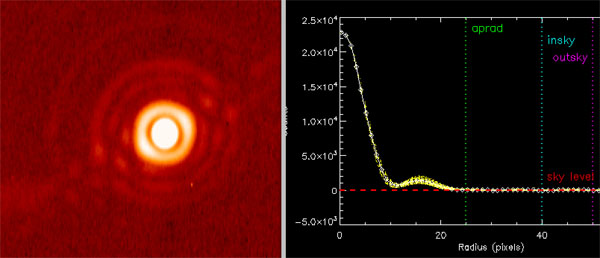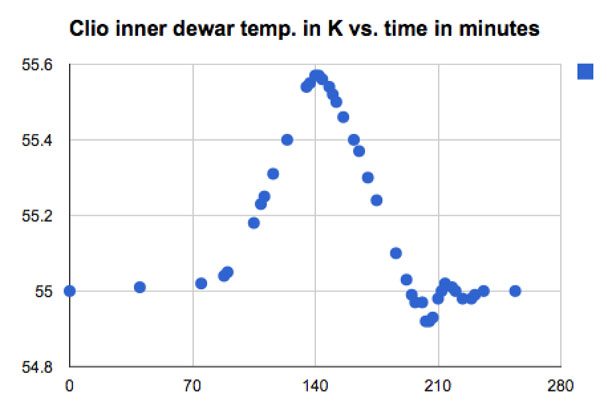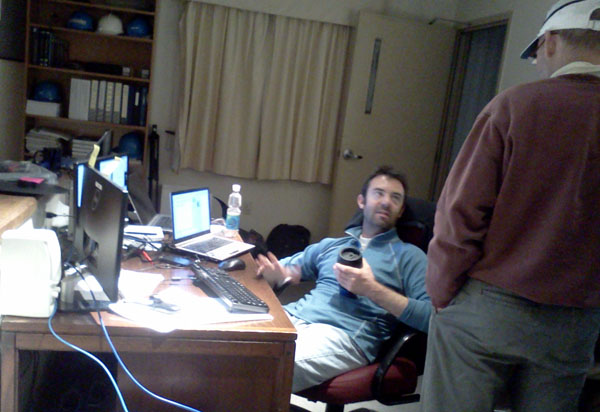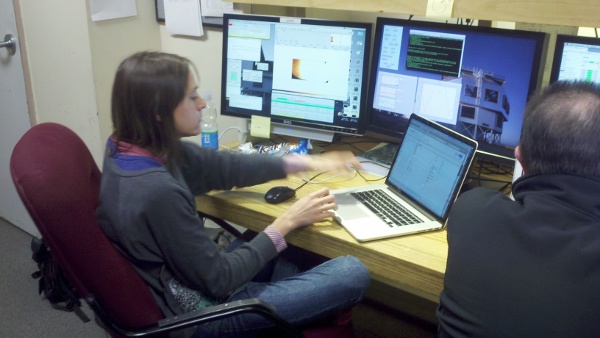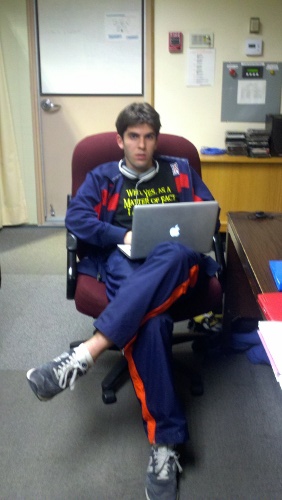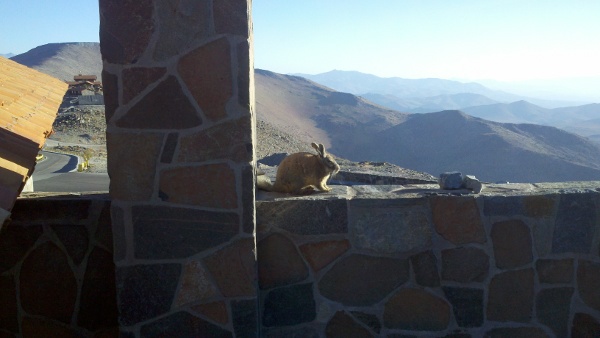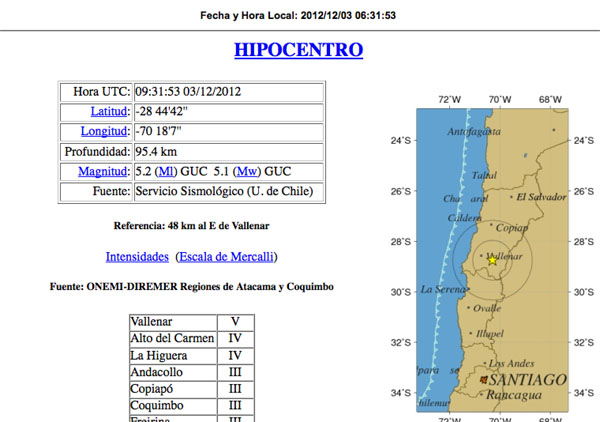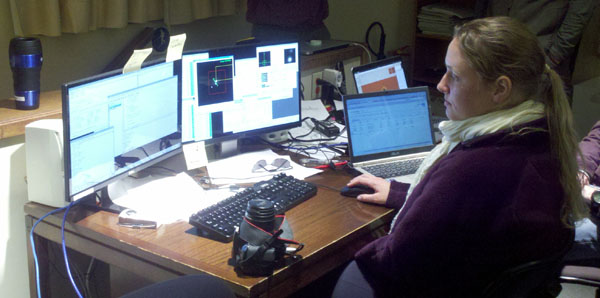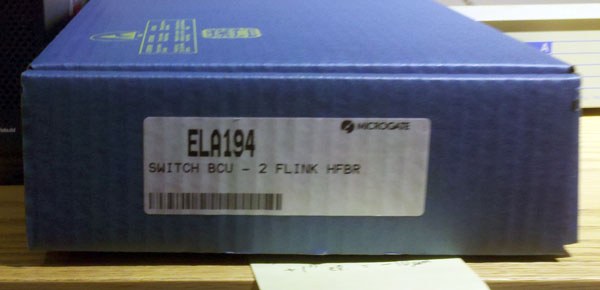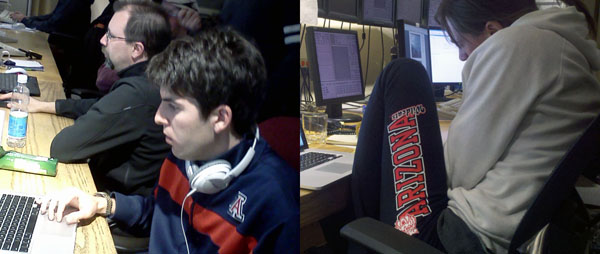Here at LCO, we spend a lot of time staring at the sky, and not just with our instruments! I’ve noticed, for example, that the Belt of Venus is quite prominent and beautiful at sunrise and sunset. For those of you who’ve never noticed it, the Belt of Venus is the pink band of light that stretches all along the horizon at sunrise and sunset. It’s most interesting if you look opposite the setting or rising sun. There, you’ll see a dark band spread up from the horizon at sunset or recede into the horizon at sunrise. This is the Earth’s shadow! You’re seeing a place on earth where the sun has already set (or not yet risen).
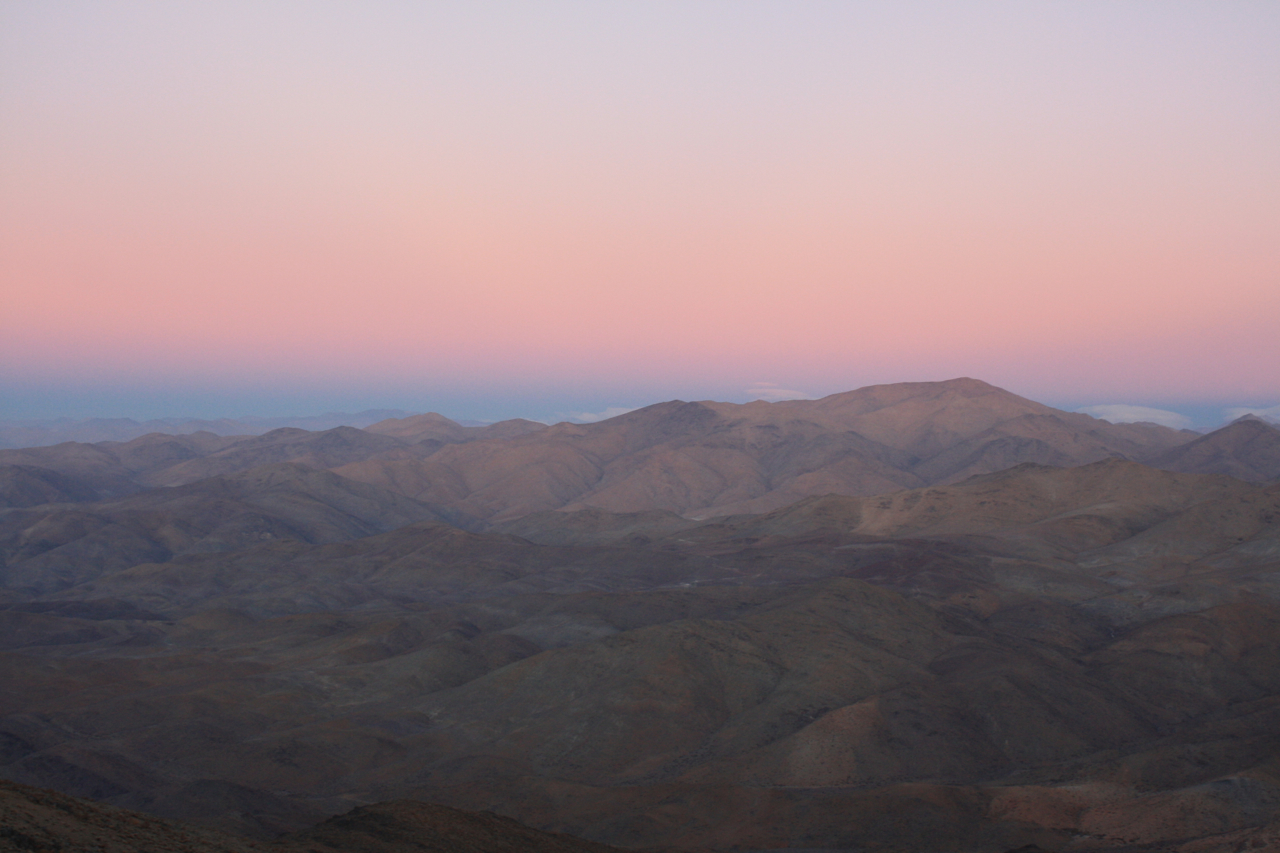


I also took a video panning around the horizon at both sunrise and sunset so that you could see the full effect.
[Video coming soon]
We also have a tradition of looking for the green flash at sunset from the Clay balcony. A few days ago, we finally saw it, and I managed to capture a picture!
Here’s a zoomed-in version:
There are lots of misconceptions about the green flash, and I’ve looked for it many times before, but this is only my second time seeing it. It should happen just AFTER the red setting sun drops below the horizon. What you are seeing is earth’s atmosphere acting like a prism and refracting (bending) different colors of light by different amounts. The blue/green limb of the sun sets last.
You can actually see this effect even during the day if you (carefully!) create a large image of the sun. Here, for example, is a picture of the red limb of the sun taken at a teen Astronomy Camp:
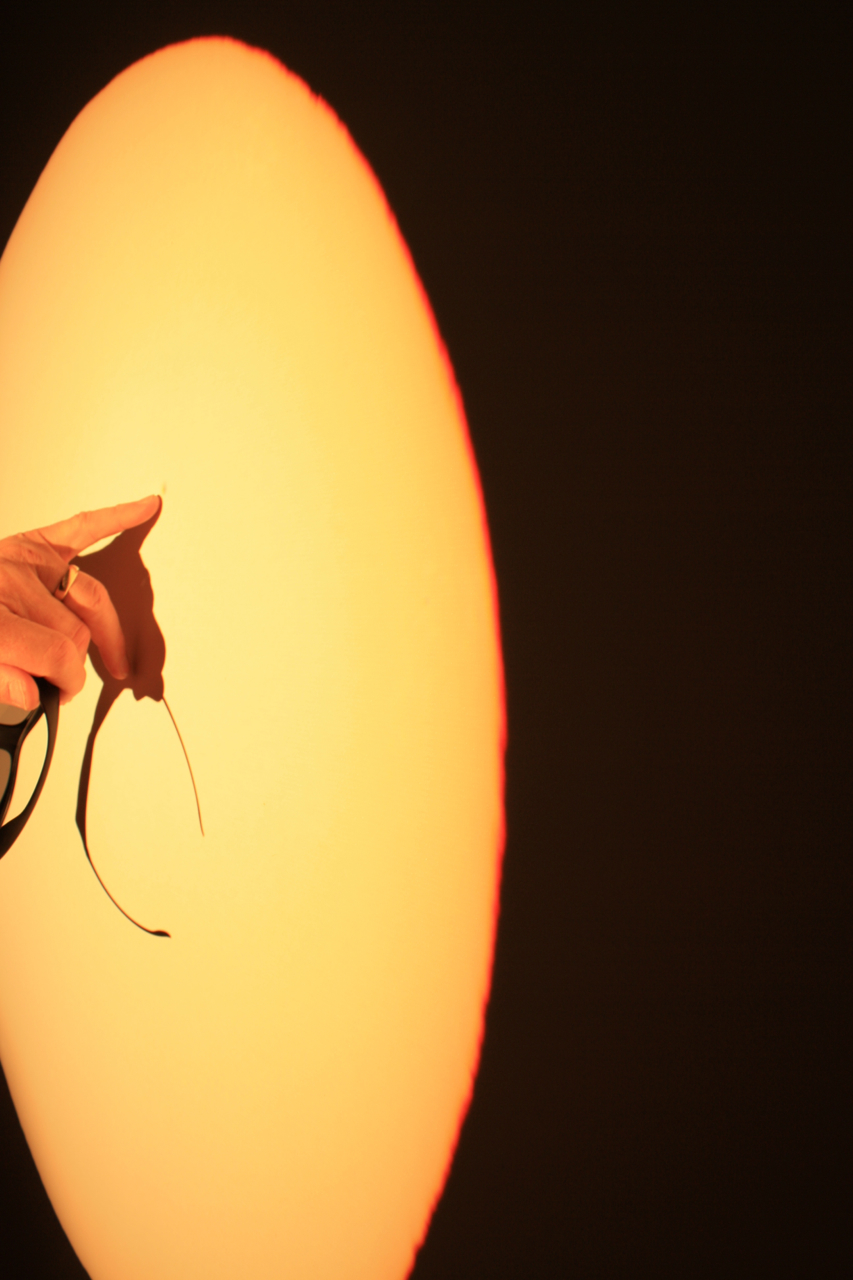
That’s all for today, but I’ve been practicing my astrophotography too, so stay tuned for some nighttime shots!

